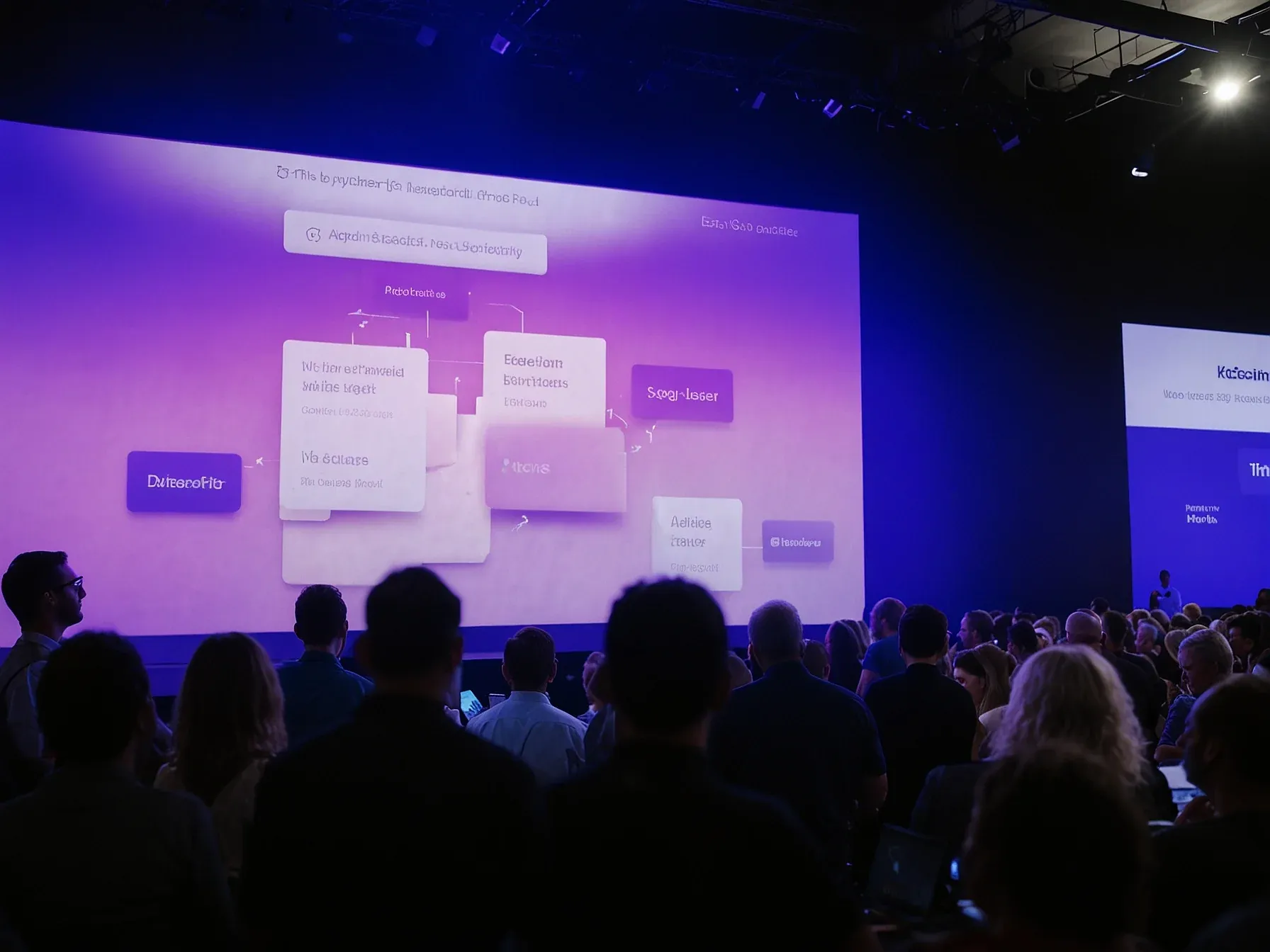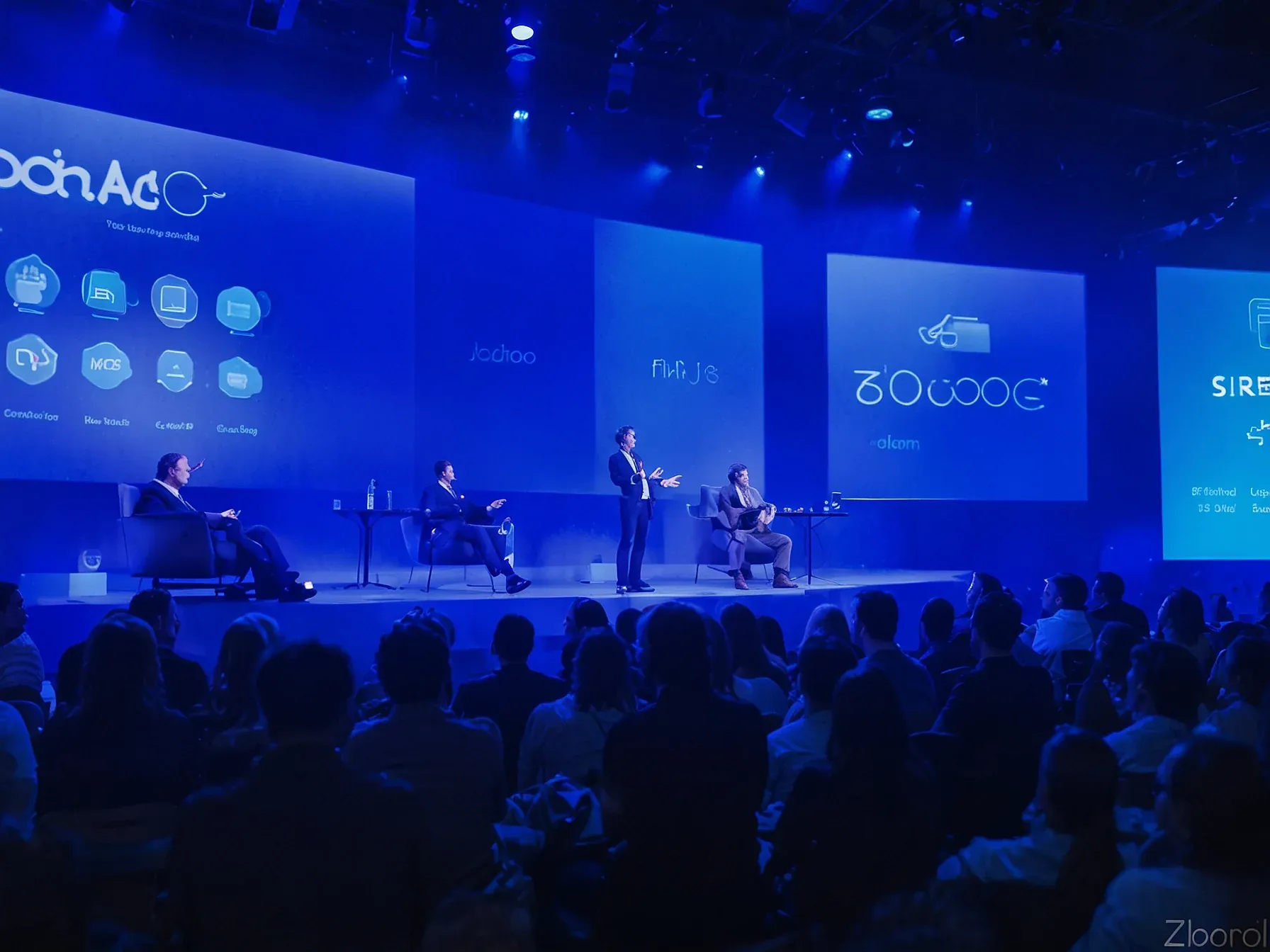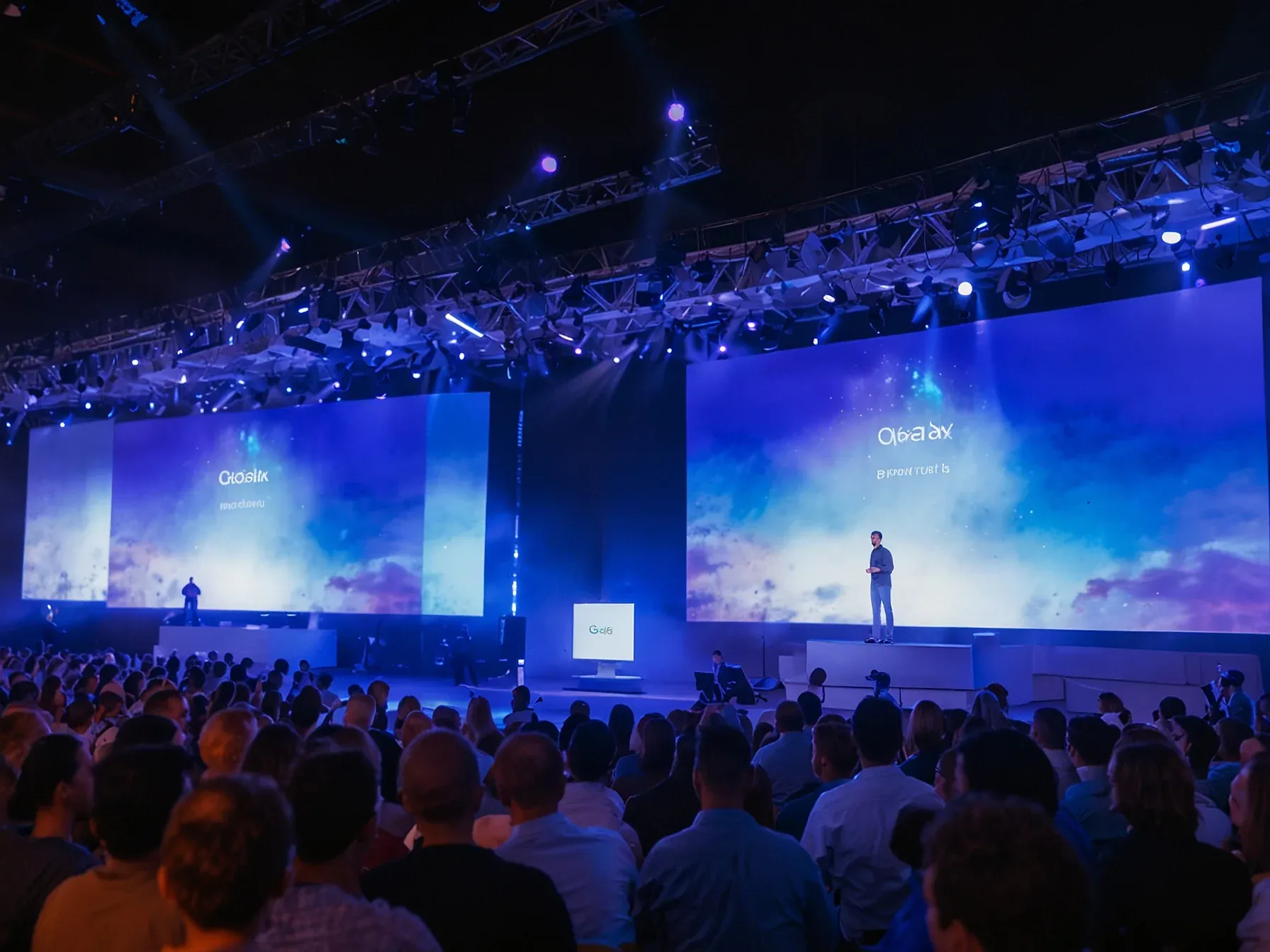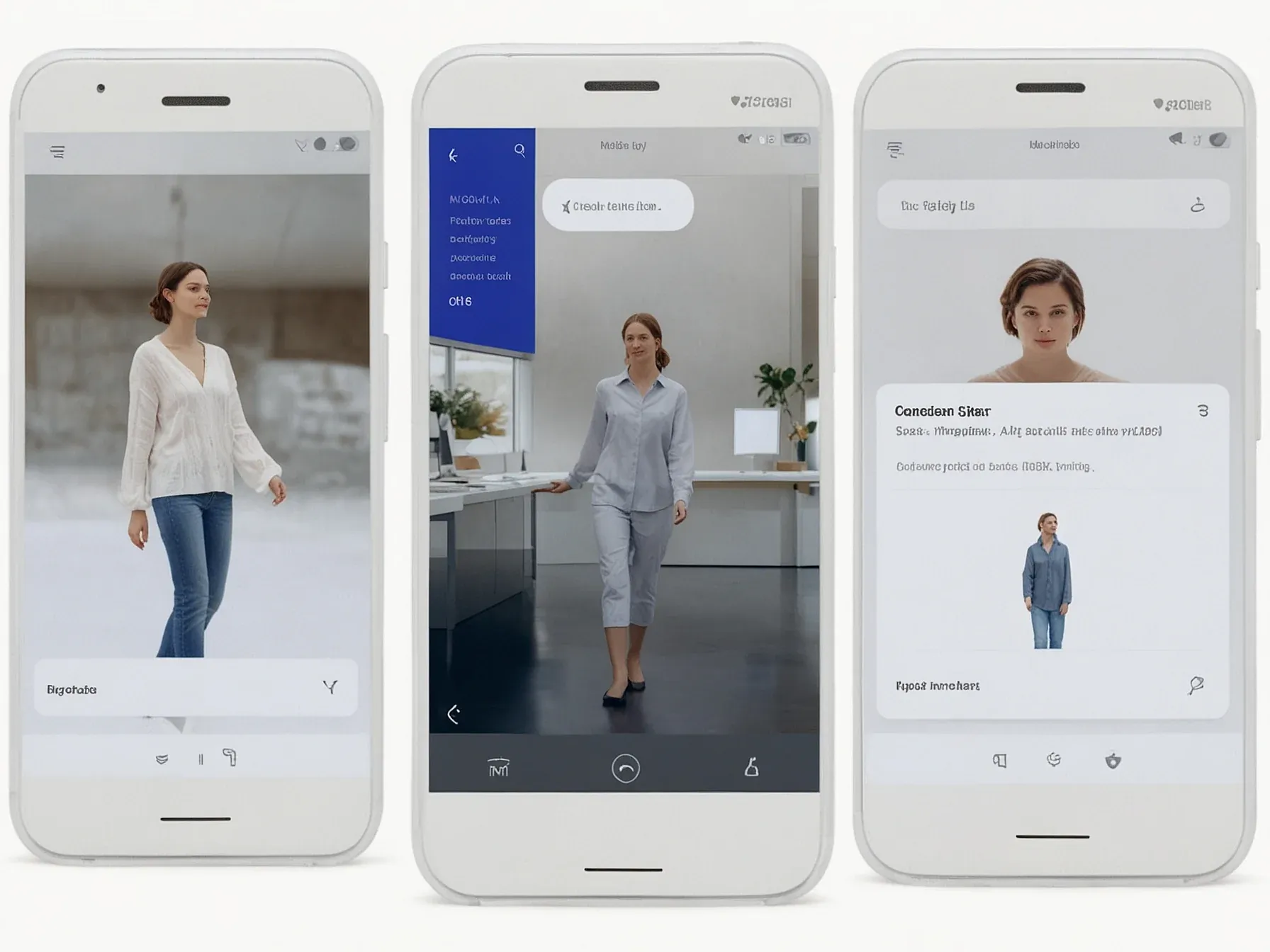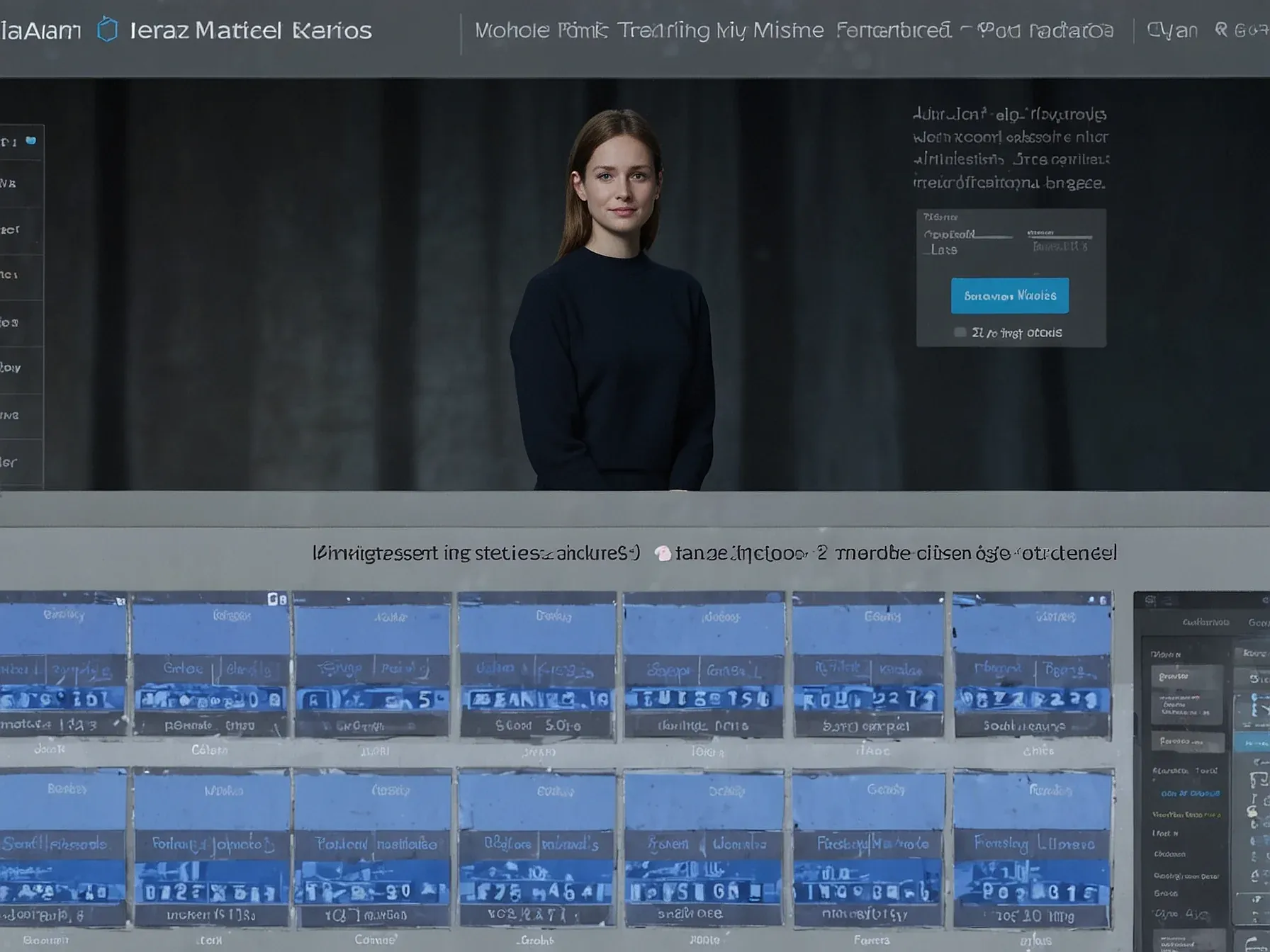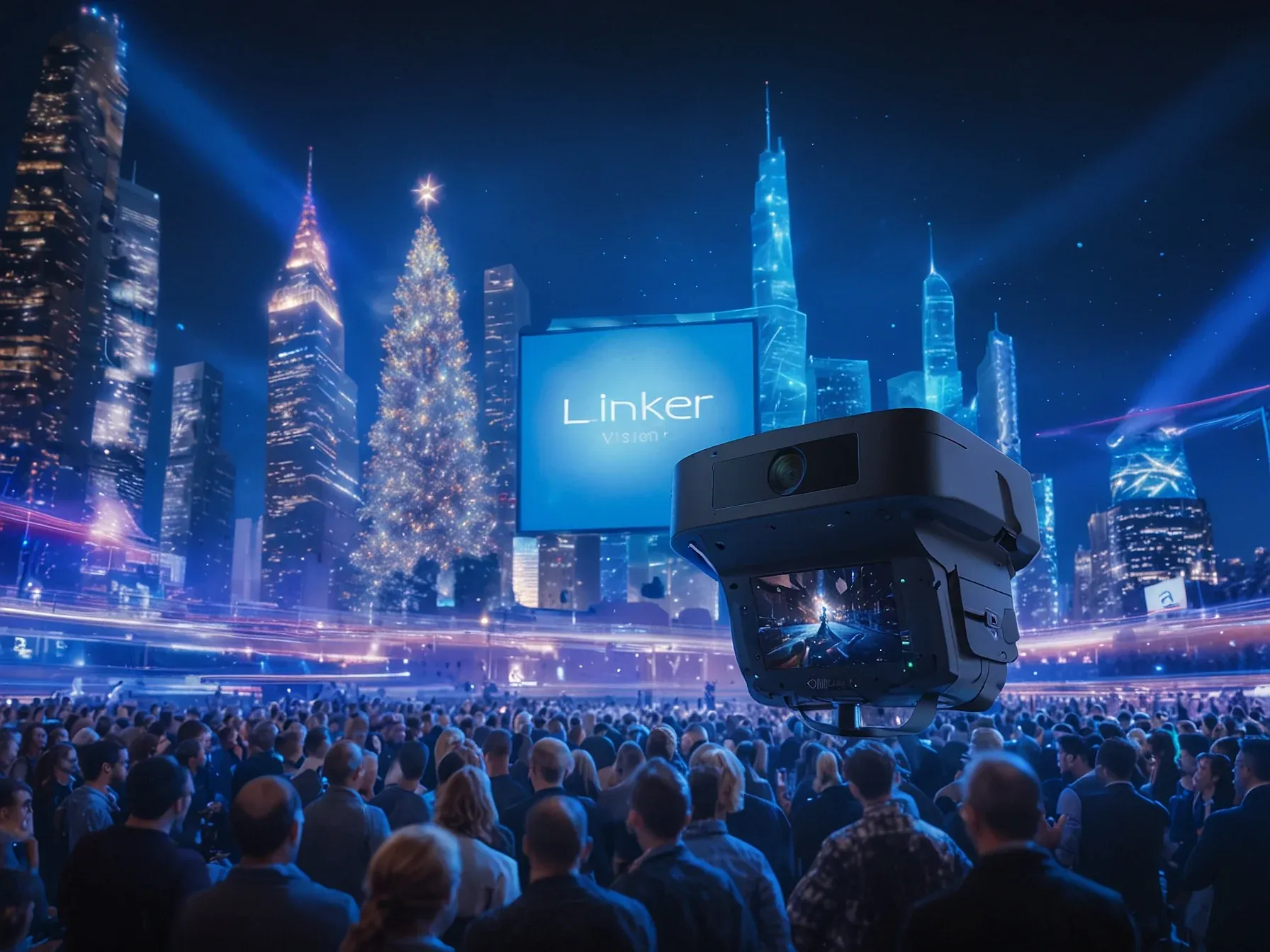
Linker Vision's agentic AI monitors 50,000 city cameras for cross‑department
Why does a city need a single system that watches every street corner? Imagine a municipal network where traffic lights, water mains and emergency squads all receive the same visual cue at the same moment. That’s the promise behind Linker Vision’s latest push into “agentic AI,” a term the company uses to describe software that doesn’t just flag an anomaly but also triggers a coordinated response.
While the tech is impressive, the real test lies in scaling it across a sprawling urban fabric. The firm says it already taps into more than 50,000 smart‑city cameras, each feeding live footage into a central engine that can parse events in real time. If a broken water pipe floods a downtown intersection, the system could alert utilities, reroute traffic and cue first responders without a human operator pressing a button.
The question now is whether such automation can actually streamline cross‑department remediation or simply add another layer of complexity to city operations. The following detail explains how Linker Vision’s architecture attempts to make that vision a reality.
Linker Vision's architecture for agentic AI involves automating event analysis from over 50,000 diverse smart city camera streams to enable cross-department remediation -- coordinating actions across teams like traffic control, utilities and first responders when incidents occur. The ability to query across all camera streams simultaneously enables systems to quickly and automatically turn observations into insights and trigger recommendations for next best actions. Automatic Analysis of Complex Scenarios With Agentic AI Agentic AI systems can process, reason and answer complex queries across video streams and modalities -- such as audio, text, video and sensor data.
This is possible by combining VLMs with reasoning models, large language models (LLMs), retrieval-augmented generation (RAG), computer vision and speech transcription. Basic integration of a VLM into an existing computer vision pipeline is helpful in verifying short video clips of key moments. However this approach is limited by how many visual tokens a single model can process at once, resulting in surface-level answers without context over longer time periods and external knowledge.
In contrast, whole architectures built on agentic AI enable scalable, accurate processing of lengthy and multichannel video archives. This leads to deeper, more accurate and more reliable insights that go beyond surface-level understanding. Agentic systems can be used for root-cause analysis or analysis of long inspection videos to generate reports with timestamped insights.
Levatas develops visual-inspection solutions that use mobile robots and autonomous systems to enhance safety, reliability and performance of critical infrastructure assets such as electric utility substations, fuel terminals, rail yards and logistics hubs. Using VLMs, Levatas built a video analytics AI agent to automatically review inspection footage and draft detailed inspection reports, dramatically accelerating a traditionally manual and slow process.
Can a single AI platform truly synchronize dozens of municipal services? Linker Vision says its agentic AI does just that, pulling data from more than 50,000 smart‑city cameras and routing alerts to traffic control, utilities and first responders. The architecture leans on NVIDIA’s software and hardware, which the AI On series describes as the backbone of modern query engines.
Yet the article stops short of showing concrete outcomes or validation metrics. While the system promises cross‑department remediation, it's unclear how consistently it can significantly filter false positives or handle privacy concerns inherent in massive video feeds. The broader claim that agentic AI will reshape everyday experiences is compelling, but evidence within the piece is limited to a description of capabilities rather than proven impact.
As such, the technology’s practical benefits and potential drawbacks are still largely unverified. Readers should watch for follow‑up data that clarifies performance in real‑world deployments. Further independent testing would help gauge reliability across varied urban scenarios.
Further Reading
- Linker Vision Unveils the Future of Smart Cities at CES 2025 - Linker Vision
- Linker Vision Uses Vision AI to Optimize City Operations - NVIDIA
- Linker Vision Showcases Physical AI and Global Expansion Roadmap at Barcelona Smart City Expo 2025 - PR Newswire
- Linker Vision Unveils Physical AI Breakthrough Powered by NVIDIA Cosmos Reason - Laotian Times
- GenAI smart city tech unveiled at CES 2025 - SmartCitiesWorld
Common Questions Answered
What is meant by “agentic AI” in Linker Vision’s system?
Linker Vision defines “agentic AI” as software that not only detects anomalies in camera feeds but also initiates coordinated actions across municipal departments. It turns visual observations into automated recommendations for traffic control, utilities, and first responders.
How many smart‑city camera streams does Linker Vision’s architecture process simultaneously?
The platform is designed to ingest and analyze data from more than 50,000 diverse smart‑city cameras at once. This massive scale enables real‑time cross‑departmental remediation when incidents are detected.
Which municipal services are intended to receive alerts from the agentic AI platform?
Alerts are routed to traffic control centers, utility management teams, and first‑responder units such as police and fire services. The goal is to synchronize their responses based on a single visual cue from the camera network.
What role does NVIDIA’s technology play in Linker Vision’s AI system?
NVIDIA’s software and hardware form the backbone of the platform’s modern query engine, enabling rapid cross‑camera queries and real‑time processing. This infrastructure supports the system’s ability to turn observations into actionable insights across departments.
